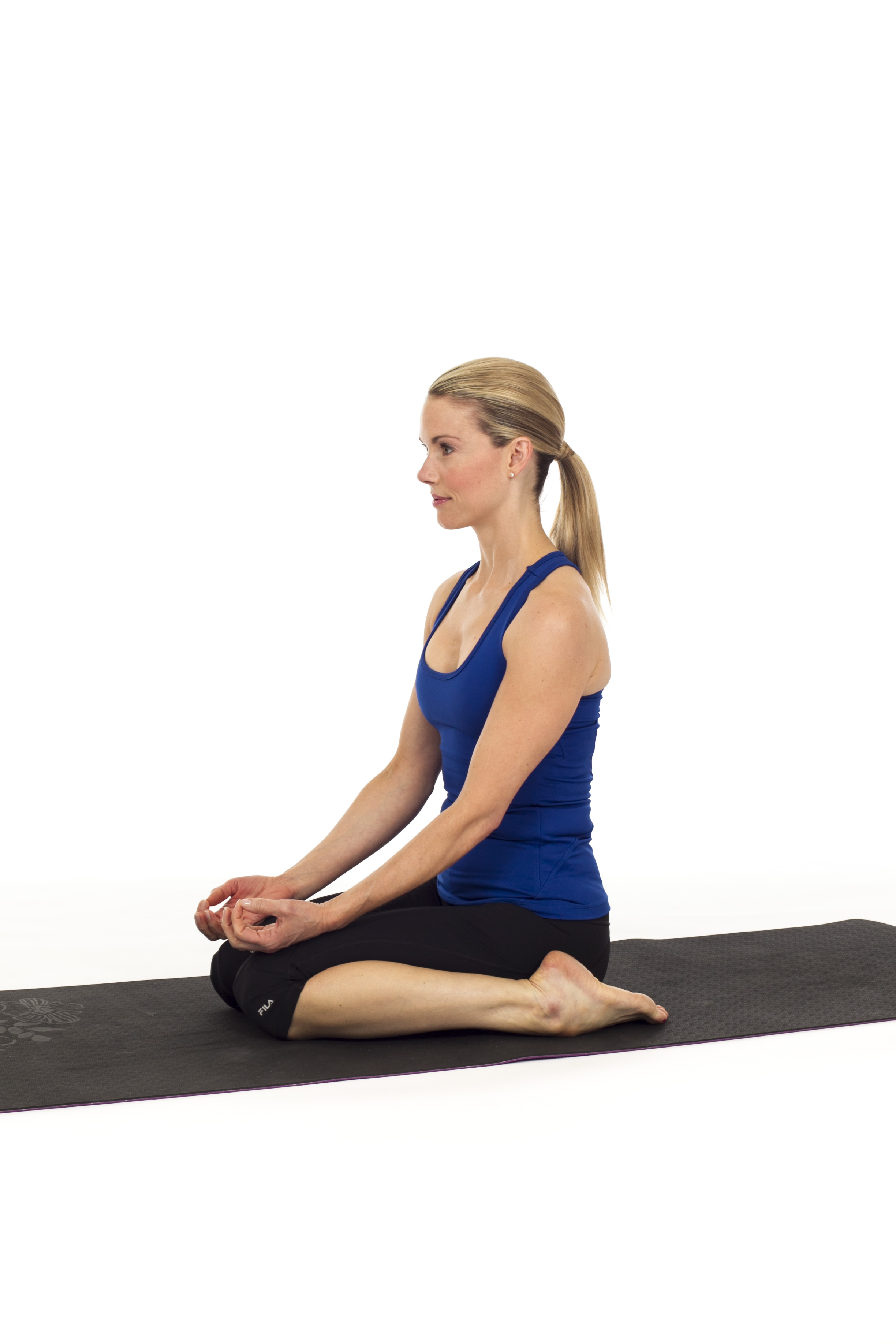


As with arthritis anywhere in the body, there are two basic types: osteoarthritis and rheumatoid arthritis. Now that you have some idea of how the hip joint is constructed, we can talk a bit about how arthritis can develop there. The labrum provides a better fit for the two bones as well as additional shock absorption. In addition, the ends of the bones themselves are coated with a layer of cartilage-also a kind of connective tissue-that acts as a tough barrier for shock absorption, and is smooth and slick, so the bones again can glide over each other more easily.įinally, the inner surface of the acetabulum, the hollowed out part of the pelvic bone that the head of the thighbone fits into, has an additional cushion of cartilage lining called the labrum. The inner lining of this capsule is lined with the synovial membrane, a specialized tissue that secretes a lubricating liquid, not unlike the oil in your car engine, to allow the bones to move over each other more smoothly. In the case of your hip joint, this means that your pelvic bone and your thighbone (femur) connect to each other through the hip joint capsule. The hip joint is a “synovial joint,” a type of joint that connects two bones together with a joint capsule, a sock-like sleeve of connective tissue that holds the two bones relatively close together. Before discussing this condition-and how yoga can help-let’s start by taking a look at the hip joint so you have a deeper understanding of how the joint works and how arthritis affects this very important joint. As many of you may know from personal experience or from observing others as they age, the most common age-related problem for the hips is the development of arthritis in one or both hip joints.


 0 kommentar(er)
0 kommentar(er)
